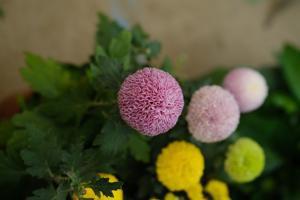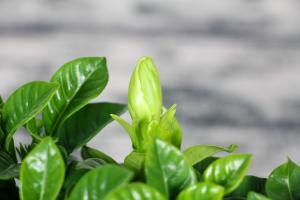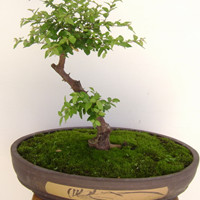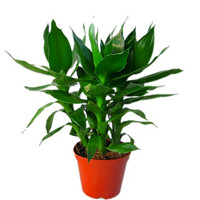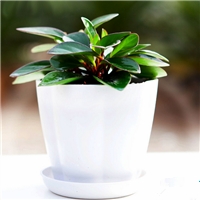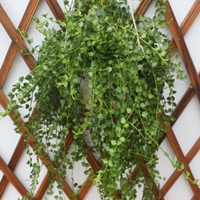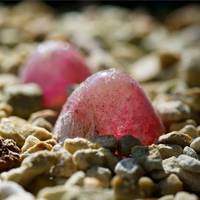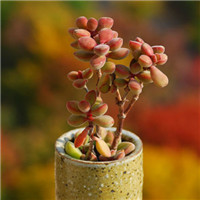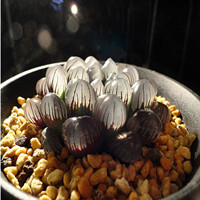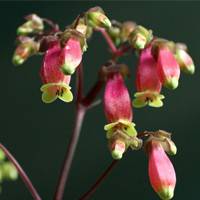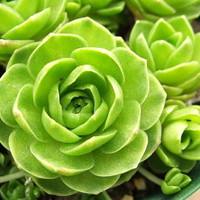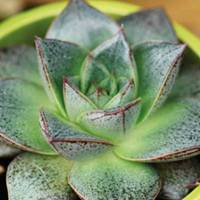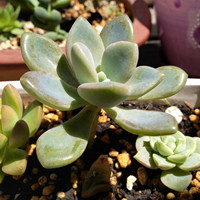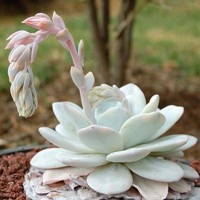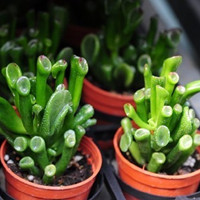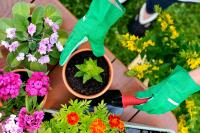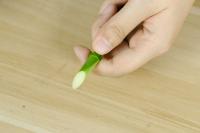How to Take Care of Tomato Plants Indoors
Tomatoes are one of the most popular vegetables to grow in a home garden, but not everyone has access to an outdoor garden space. Luckily, you can still grow tomatoes indoors and enjoy the benefits of fresh, homegrown produce. Here are some tips on how to take care of tomato plants indoors.
Choosing the Right Container
The first important step in growing tomatoes indoors is choosing the right container. You'll want to pick a container that's large enough for your tomato plant to spread out and grow deep roots. Look for containers that are at least 18 inches in diameter and 12 inches deep. Choose containers made of sturdy materials like plastic, ceramic or terracotta.
Lighting and Temperature
Tomato plants need a lot of light to grow and thrive. Place your tomato plants in a south or southeast-facing window. If your home doesn't get enough natural light, consider using grow lights to supplement. Make sure your tomato plants are getting at least 8 hours of light a day.
Temperature is also important for tomato plants. Keep your plants in a warm, humid environment. The ideal temperature range for indoor tomato plants is between 65 and 85 degrees Fahrenheit. Avoid placing your plants near heating or cooling vents, which can cause temperature fluctuations and stress out your tomato plants.
Watering and Fertilizing
Tomato plants need consistent moisture to thrive. Water your plants deeply and consistently, making sure the soil doesn't dry out completely. Avoid over-watering, which can lead to root rot. Use a high-quality fertilizer to give your tomato plants essential nutrients. Fertilize every two weeks during the growing season, and stop fertilizing 4 to 6 weeks before you plan to harvest your tomatoes.
Pruning and Training Your Tomato Plants
Pruning your tomato plants can help them grow stronger and produce more fruit. Remove any suckers or side shoots that appear on the main stem. Use stakes, cages or trellises to support your tomato plants as they grow. As your tomato plants grow taller, gently tie them to the stake or trellis to keep them from falling over.
Pests and Diseases
Indoor tomato plants are less likely to be attacked by pests and diseases compared to outdoor plants. However, you still need to watch out for common tomato pests like aphids, spider mites and whiteflies. Use organic pest control methods like insecticidal soap or neem oil to keep pests in check. Check your plants regularly for signs of disease like yellowing leaves or moldy growth, and consult a gardening expert if you're unsure how to treat the issue.
Harvesting Your Tomatoes
When your tomatoes are ripe, gently twist them off the vine or use shears to cut them off. Store your tomatoes in a cool, dry place until you're ready to eat or use them. Don't refrigerate your tomatoes, as that can cause them to lose flavor and texture. Enjoy your fresh, homegrown tomatoes in salads, sauces or simply as a tasty snack!
With a bit of patience and know-how, you can successfully grow healthy tomato plants indoors. Follow these tips and enjoy the satisfaction of harvesting delicious, fresh tomatoes from your own home garden.

 how many times do yo...
how many times do yo...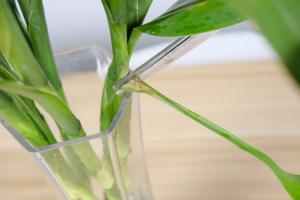 how many planted tre...
how many planted tre...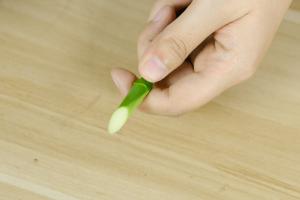 how many pine trees ...
how many pine trees ... how many pecan trees...
how many pecan trees... how many plants comp...
how many plants comp...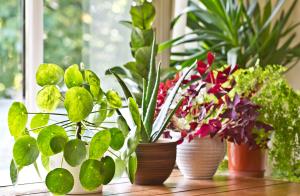 how many plants can ...
how many plants can ...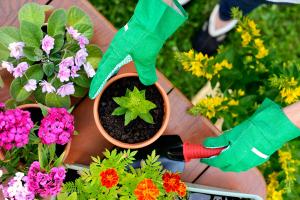 how many plants and ...
how many plants and ...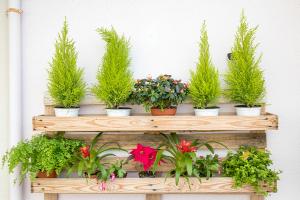 how many pepper plan...
how many pepper plan...


